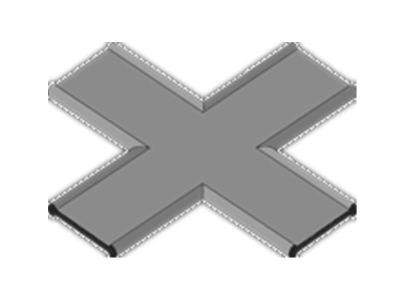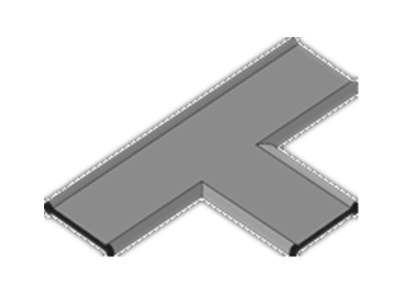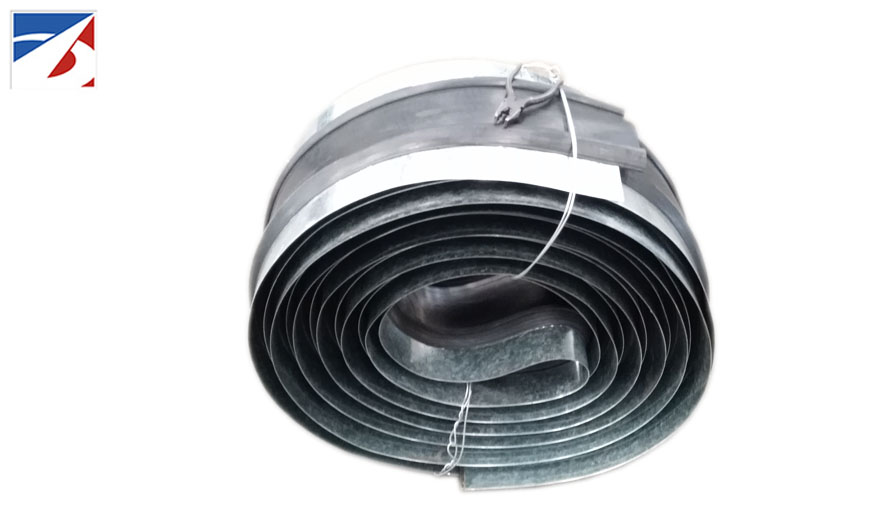Rubber Waterstop

Steel-Edged Rubber Waterstop
2019年3月27日
Putty Type Rubber Waterstop Strip
2019年3月27日Rubber Waterstop
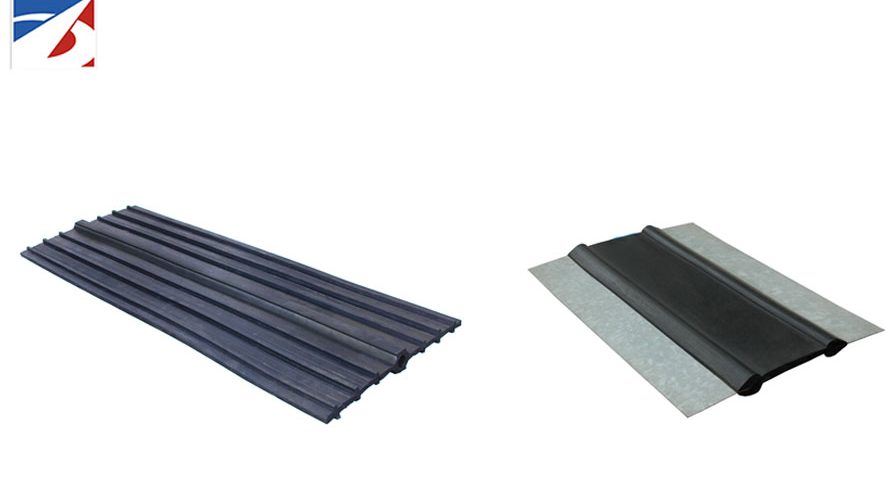
A waterstop is an element of a concrete structure, intended to prevent the passages of fluids (such as water) when embedded in and running continuously through concrete joints. According to the raw material, the rubber waterstop can be classified into plastic waterstop, rubber waterstop and metal waterstop. BAOLI company mainly produces rubber waterstop which is made of natural rubber, neoprene rubber or EPDM, with types of external rubber waterstop, internal rubber waterstop and steel-edged rubber waterstop.
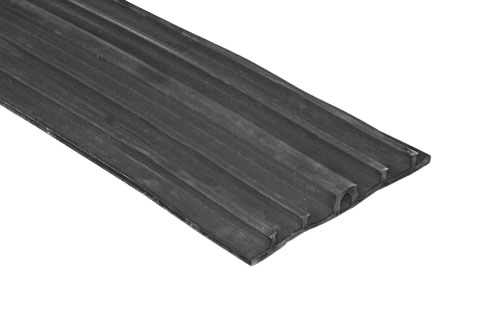 |
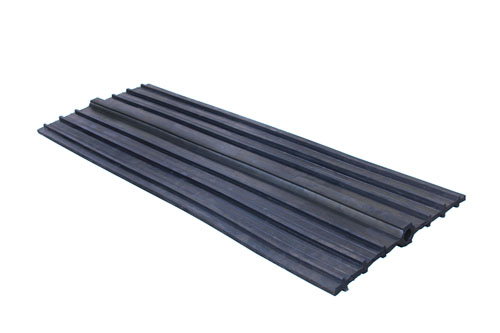 |
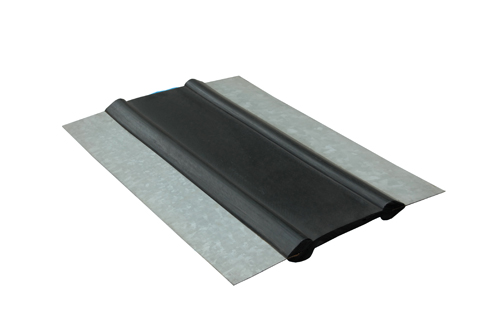 |
| External rubber waterstop | Internal rubber waterstop | Steel-edged rubber waterstop |
Rubber Waterstop Specification
- Applied Temperature
- Natural rubber waterstop:-35℃ – 60 ℃
- Neoprene rubber waterstop: -25℃ – 60 ℃
- EPDM rubber waterstop: -40℃ – 60 ℃
Rubber Waterstop Diamension
|
Width mm |
|
||||||
|
4 |
5 |
6 |
8 |
10 |
12 |
14 |
|
|
200 |
L |
C |
L |
L |
|
|
|
|
250 |
L |
C |
L |
L |
|
|
|
|
300 |
|
L |
C |
L |
L |
|
|
|
350 |
|
|
L |
C |
L |
L |
|
|
400 |
|
|
L |
L |
C |
L |
|
|
450 |
|
|
|
L |
L |
C |
L |
|
500 |
|
|
|
L |
L |
C |
L |
|
Note: L epresents less used; M represents commonly used. Other specifications also can be customized. |
|||||||
Rubber
Waterstop Material Property
|
|
|
Test Method |
|
Shore A Hardness |
62 ± 5 |
ISO 7619-1:2010 |
|
Tensile Strength |
Min. 10N/mm2 |
ISO 37:2011 |
|
|
Min. 380% |
ISO 37:2011 |
|
168 hours/23℃ 24 hours/70℃ |
Max. 20% Max. 35% |
ISO 815-1:2014 |
|
Tear Propagation Strength |
Min. 8 N/mm |
ISO 813-2016 |
|
Behavior after Heat Aging Change in shore A hardness Tensile Strength
|
Max. +8 Min. 9N/mm2 Min. 300% |
ISO 188:2011 |
|
Low
|
Max. 90 shore A |
ISO 812:2011 Procedure C |
|
Behaviour
|
Crack Class 0 |
|
|
Metal
|
Elastomer |
ISO 813-2016 |
Rubber Waterstop Joint Types
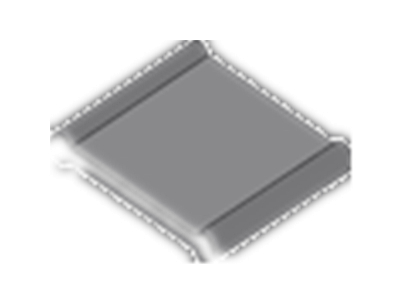
|
|
| Flat joint | Flat cross joint |
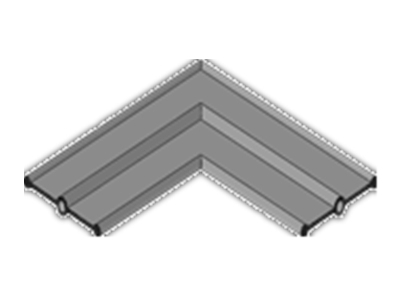
|
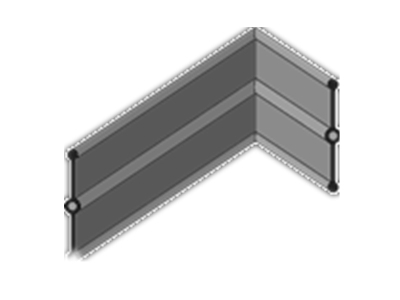
|
| Flat L joint | Vertical L joint |
|
|
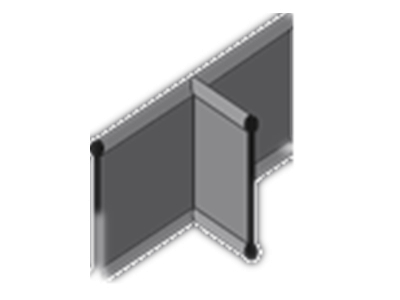
|
| Flat T joint | Vertical T joint |
Rubber Waterstop Design Basis
- Determine structure type
- Verify chemical containment requirements
- Verify hydrostatic head pressure requirements
- Determine joint type and joint movement requirements
- Verify joinery details of dissimilar or non-symmetrical waterstop profiles(consider using one profile throughout to simplify intersections)
- Specify ribbed profile for best water sealing performance
- Specify type and size (by product number, if possible)
- Specify factory fabrications of intersections and heat welded filed butt joints
- Specify method for securing waterstop in position (hog rings, grommets, etc.)
Rubber Waterstop Feature
- Withstand high water pressure
- Vibration buffering function in concrete structures
- High elasticity and compression deformation property
- High tensile strength and good waterproof performance
- High elongation to cater for subsidence and seismic movement
Rubber Waterstop Application
Rubber waterstop is usually used in construction joints, settlement joints, deformation joints and movement joints to prevent water seepage and leakage, absorb shock, and effectively prolong the service life of them.
- Dams, locks, canals, water reservoirs and aqueducts
- Water and waste water treatment facilities
- Primary and secondary containment structures
- Storage tanks and retaining walls
- Foundations and parking garages
- Bridge and deck abutments
- Culverts and tunnels
Rubber Waterstop Storage
Rubber waterstop should be stored in shade and dry environment, away from sunlight, water, moisture, high temperature, acid, alkali, oil, organic solvent, heat source. The product should be placed vertically, not be pressed by heavy things. The temperature ranges of storage place should be -10°C to +30°C, relative humidity is in the range of 40% to 80%.
Rubber Waterstop Mounting Procedure
The water tightness of the joint is often determined by the way a rubber water stop is installed. The rubber water stop is most vulnerable whilst mounting.
It is important to ensure that the centre of the rubber water stop is placed in the center of the movement/expansion joint and that the rubber water stop does not move in relation to the joint while the concrete is poured. Water stop movement is a particular problem when there are high concrete pressures during the concrete pour.
The concrete underneath the rubber water stop has to be vibrated and consolidated during the pour otherwise porosity, cavities and honey combing will occur.
When the rubber water stop is mounted horizontally the ends should rise upward, in order to prevent air entrapment. The number of longitudinal ridges should also be minimised to reduce the possibility of trapping air under the water stop.
Once the rubber water stop has the concrete poured on one side, the other side needs to be cleaned to ensure it is free of sharp objects.
Health and Safety
- Rubber waterstop: there are no health hazards associated with rubber waterstop normal use.
- Jointing kits: users having sensitive skin are advised to use a suitable barrier cream. Should any solution enter the eyes rinse at once with clean water.
Rubber Waterstop Workshop & Warehouse
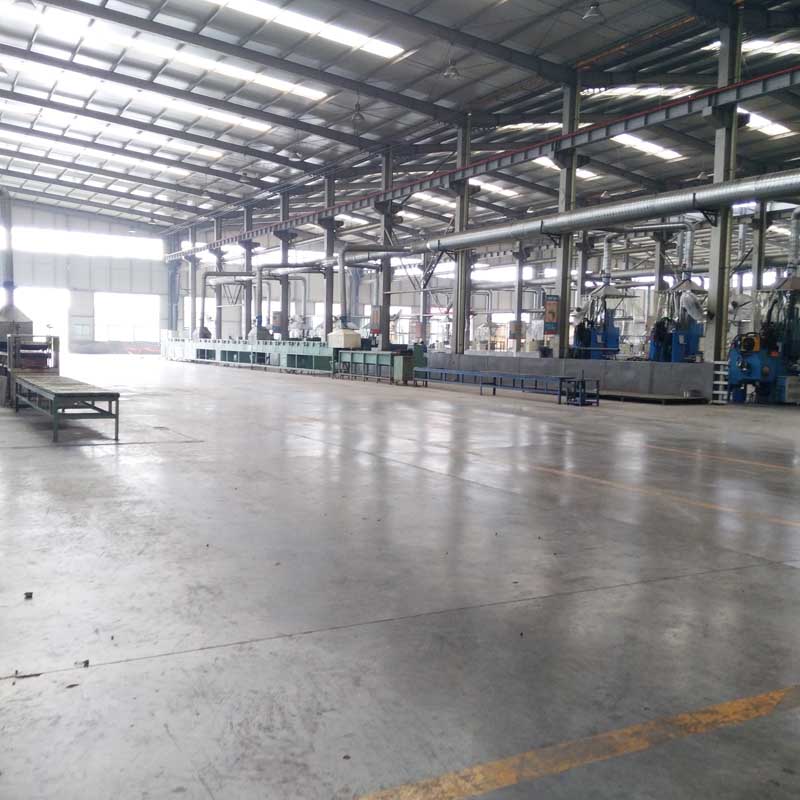 |
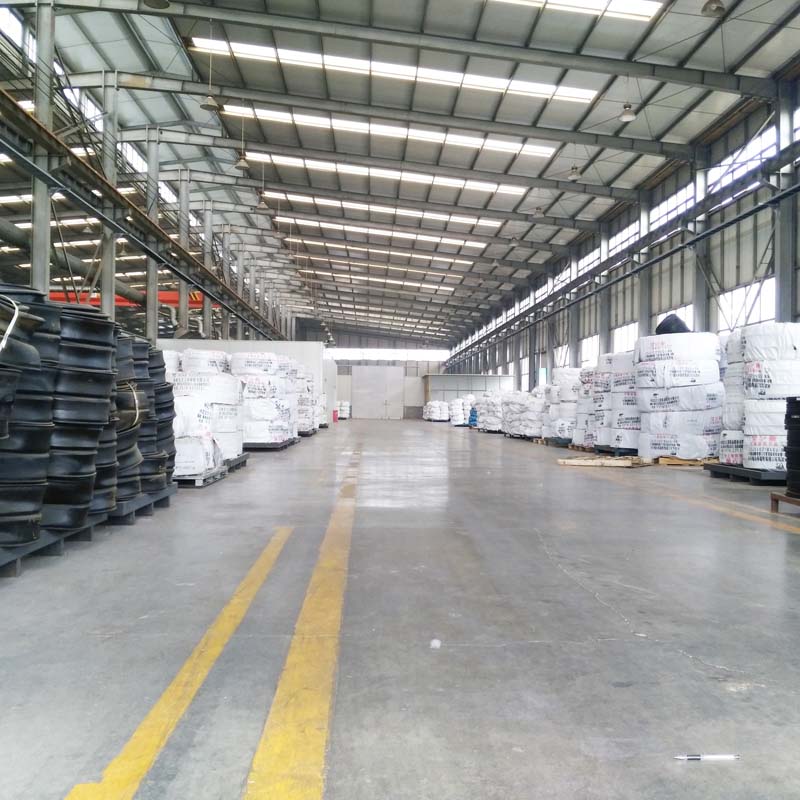 |
| Rubber waterstop workshop | Rubber waterstop in warehouse |

